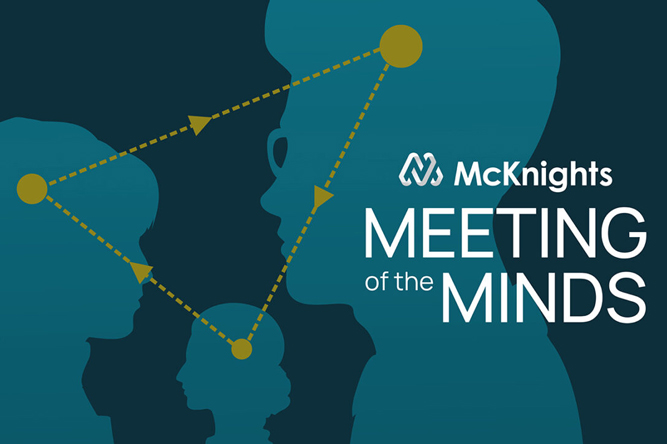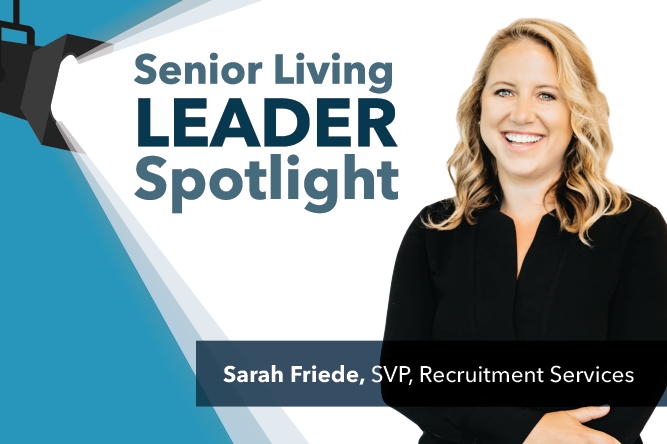
After all the hard work of interviewing, filling out applications, working through personality assessments, and completing multiple rounds of screening, that star candidate is now a part of the team! This is exciting for both the company and the new employee, but this is where the candidate experience—now converted to employee experience—matters most. How do you effectively transition a candidate from the job-seeking/recruitment phase to now starting that dream job and becoming an employee?
Staying Resilient
The onboarding process keeps the momentum going from the interview process and into the job itself. To maintain resiliency in your organization, you need to have an organized and streamlined onboarding program that leaves a great first impression.
This topic is vitally important due to the myriad shifts happening in our industry. Not only are we navigating work in a pandemic, but there is a need for health care workers now more than ever. Ghosting is also highly prevalent in our industry, especially in the more entry-level positions.
There are many things you can do to improve your onboarding in order to retain your hard-to-find talent. According to O.C. Tanner, “Up to 20% of turnover happens within the first 45 days of employment” and “69% of employees are more likely to stay with the company for at least 3 years after a great onboarding experience.” Invest in your onboarding program, and you’ll see dividends in the form of higher retention rates and more prepared employees.
Time and time again, I’ve witnessed desperate hiring managers who interview a candidate and want to jump straight to an offer to fill the position because they need help immediately. It’s of critical importance here to follow a process, make sure your candidate has a great onboarding experience, and get all their questions answered in order to better prepare them for the job you are hiring them for.
Keep One Point of Contact
From the initial offer and acceptance, it’s important that the new employee has one person to interface with who they know can answer their questions. Usually this person is in HR. Make sure this point of contact schedules some time with the new employee to walk through what the first few days will look like. Being a health care worker comes with quite a bit of compliance and regulation. The first official day on the job should include a paperwork session with the designated point of contact so that all policies, company expectations, and compliance forms are signed and discussed.
Stay in Touch
Keep in regular communication with the new employee, not only to see how they are doing but also to see how well your process of onboarding is working for them. Are there any adjustments that need to be made?
Once all the paperwork has been filled out, it’s time to give the new hire a tour and introduce them to their team members or anyone else they will have daily contact with. The next few days should be centered around orientation, which you might break up into online sessions or in-person education about the company, its policies, and key procedures. Make sure to have the new employee’s supervisor check in weekly, as this will alleviate uncertainty or answer questions that come up during the onboarding process.
The Secret to Shadowing
After the new employee has had a couple days to adjust to new policies and procedures and review compliance information, it’s time to give them some on-the-job “shadowing” time. This is crucial in health care positions, as new employees need to understand what it’s like to work on different units, or on different shifts.
I’ve seen this work extremely well in my days as an HR director. The magic number was three shadowing days assigned with a lead caregiver, nurse, dietary aide, or housekeeper to get a lay of the land and understand how daily duties and routines are conducted. Anything less than three days was disastrous, and more wasn’t necessary. If you are filling leadership or corporate-level positions, these new hires need training too, so consider who can show them resources and tools needed for their position.
Welcoming Your New Employee
However you choose to welcome new employees at your company is up to you, but do what works for your organization and its culture. Whether it’s a team welcome lunch, community breakfast, or happy hour with residents and staff, this is an important time to make a new hire feel comfortable. It’s also a great way to introduce coworkers. If you are in a corporate office setting, a bag of branded items like a notebook, company pens, a tumbler or coffee mug, and a handwritten note from the CEO or hiring manager makes a great welcome aboard gift, one that can help a new employee feel good about their future with the company they decided to join.
Onboarding is a crucial step in ensuring a positive first impression from candidates as they transition to new employees. If you don’t have a process that is organized, welcoming, and people-focused, you are at risk of losing talent. It’s vital to keep one point of contact, maintain communication, plan effective shadowing, and set the new employee up for success by welcoming them on their new professional journey. Be sure to ask your new employees about their experience with your onboarding efforts. The best processes are those that are adaptable, and the only way you can improve is to listen to what your employees are saying.
Painting a positive picture during recruitment is not enough. You must be able to create a culture of sustainability, and that starts with your onboarding process.
We’re Here to Help
As a national leader in senior care and living management and consulting services, Health Dimensions Group is uniquely positioned to assist organizations currently facing obstacles in their leadership recruiting efforts. If you are struggling to secure the employees you need, we can help your organization to develop a recruitment strategy. For more information, please contact us at info@hdgi1.com or 763.537.5700.












